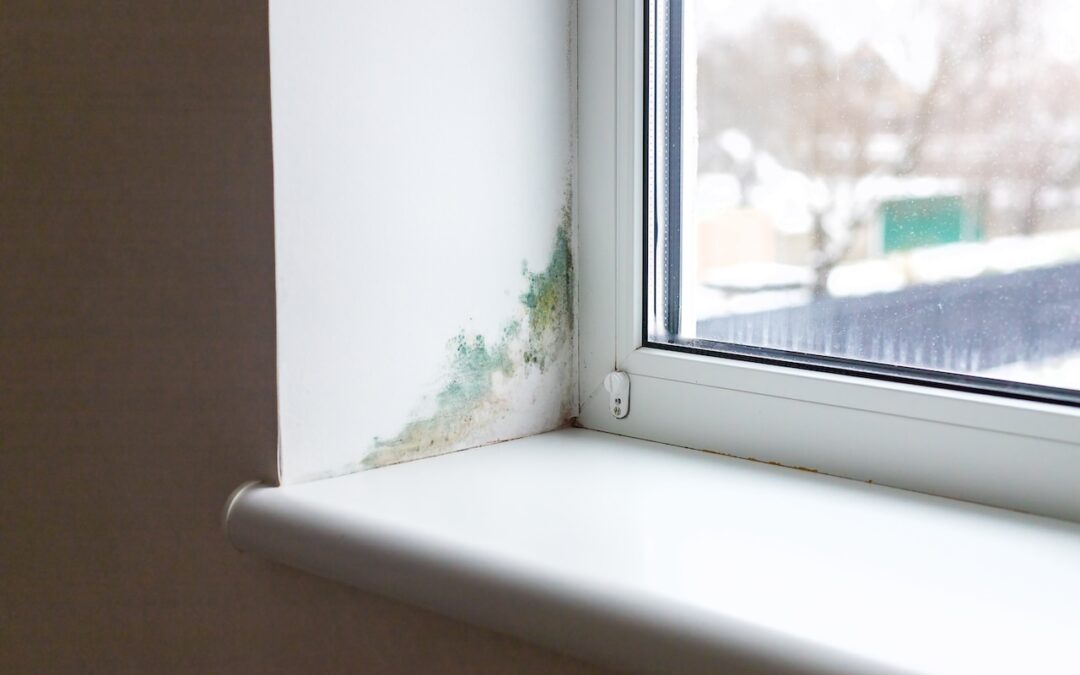Spring is a wonderful time of year. You can open your windows for the first time in months, start up your garden again, and get into some spring cleaning. An important yet often forgotten part of spring cleaning is checking places where mold can fester within your home. As part of your spring cleaning, make sure to check these places to protect against different types of mold.
And if you find something you might be worried about, working with a trusted restoration specialist can help.
Where Mold Hides After Winter
Mold usually grows in places that are humid and dark. Keeping an eye on the following seven places can help you find different types of mold so it doesn’t remain a hidden threat.
1. Basements
Basements are a typical culprit for mold because they’re usually dark, damp, and humid. Spring storms or leaky foundations can allow water into your basement, creating an ideal environment for mold. Pay special attention to:
- Corners and walls with water stains or bubbling paint.
- Cardboard boxes or stored items (including fabric).
- The bottom of carpets or rugs on concrete floors.
What to do: Use a dehumidifier to control basement moisture and promote ventilation. Check your foundation and drainage system for cracks or leaks, or hire a professional so you don’t miss anything.
2. Attics
On the opposite end, the attic can also be vulnerable to mold. Rain can cause a leaky roof, and poor attic ventilation can trap moist air. Warm air rising to the attic during winter can also create condensation. Mold is likely to form:
- Around roof leaks, especially under insulation.
- On wood beams or rafters.
- Near vents or around storage.
What to do: Check for any leaks or signs of condensation and provide proper airflow. Mold-resistant insulation or a dehumidifier can help protect the area.
3. Crawl Spaces
Akin to the basement, crawl spaces often have similar issues. They are prone to moisture buildup from damp soil, cracks in the foundation, or poor drainage. Don’t forget to check these hidden spots. Mold often grows:
- On wooden beams.
- Along the insulation or the vapor barriers.
- On the underside of floors above the crawl space.
What to do: Try installing a moisture barrier and ventilate your crawlspace or utilize a dehumidifier. Regular inspections done by professionals can help you prevent future problems.
4. Indoor Plants
Plants are a great way to decorate your home and give some greenery in the cold winter months. Since humidity levels are usually higher inside, it’s necessary to check your plants for signs of mold. Look at:
- Soil surfaces for fuzzy mold growth.
- Pots with poor drainage.
- The leaves or stems of overwatered plants.
What to do: Avoid overwatering your plants and use pots with good drainage. Replacing the top layer of soil on occasion can also prevent mold.
5. Kitchen
Kitchens are also good places to check, since cooking warm meals and spills can be sources of unexpected moisture. Mold can hide:
- Around the sink (be sure to check under your sink as well).
- Underneath refrigerator
- Under kitchen appliances like dishwashers or coffee makers.
What to do: Clean your kitchen regularly and dry things thoroughly. Be sure to check and clean seals, crevices, and hard-to-reach spots.
6. Bathrooms
Bathrooms are constantly exposed to water and humidity, and winter is no exception. Bathrooms are an obvious mold hotspot because of their constant exposure to water and humidity. While you clean, check for mold:
- In the grout between the tiles.
- Under the toilet or around the base of the shower.
- Bathroom exhaust fans or behind wallpaper.
What to do: Make sure your bathroom fan is working properly and wipe down wet surfaces. You can also use anti-mold cleaning products on grout and caulking.
7. HVAC Systems
Though it’s not a place most people think to check, you should look at your HVAC system. If moisture gets trapped in ducts, filters, or vents, it can often go unseen and unnoticed.
What to do: Replace your filters often and have regular maintenance checks. Consider contacting a specialist if you suspect different types of mold in the system.
Safeguard Your Home and Health
Consulting a professional restoration company can give you the peace of mind you deserve. If you’re worried about different types of mold in your home, contact Integrity Restoration and Remodeling. Our team is ready to help with mold remediation in Marietta, Alpharetta, and Sandy Springs, Georgia.
Contact our team today to get professional care for you and your home.

